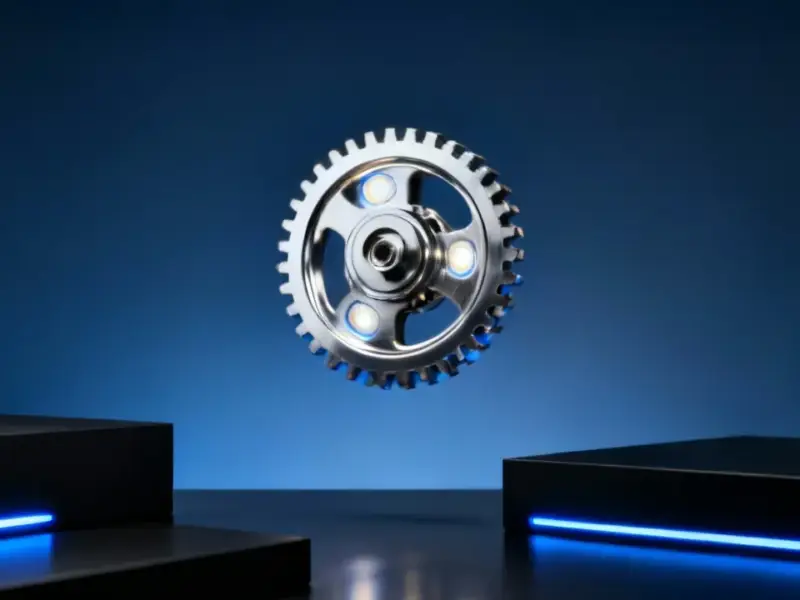According to TheRegister.com, there are at least 23 different Windows-style desktop environments in the Linux and BSD worlds, all recreating the same basic Windows 95 design that Microsoft threatened to sue over nearly 20 years ago. The list includes Xfce, MATE, LXDE, Cinnamon, Budgie, LXQt, KDE Plasma, Trinity Desktop, Deepin, UKUI, Enlightenment, EDE, Lumina, IceWM, JWM, and FVWM95 among others. These desktops span multiple programming languages including C, C++, and Vala, and use different graphical toolkits like Gtk and Qt. Despite over three decades of continuous development since KDE’s first release 27 years ago, none have achieved the simplicity of the original Windows 95 design. The fragmentation represents what the publication calls “a titanic waste of programmer effort, skill, and time” with hundreds of developers working in parallel but never consolidating.
The wheel reinvention problem
Here’s the thing about open source: everyone loves to build their own version of something that already exists. And when it comes to Linux desktops, we’re not talking about minor variations – we’re talking about fundamentally recreating the same Windows 95 paradigm over and over. Xfce, MATE, Cinnamon, Budgie – they all give you that familiar taskbar, start menu, and window management that Microsoft perfected back when dial-up internet was cutting-edge.
But why does this matter? Well, imagine if instead of having one dominant text editor like Vim, we had 23 different Vi clones. Each with its own config format, its own plugins, its own everything. Would any of them be as powerful as what we have today? Probably not. The same logic applies to desktop environments. All that duplicated effort means nobody’s building something truly revolutionary – they’re just recreating what worked in 1995.
The technical divide
The fragmentation isn’t just philosophical – it’s deeply technical. You’ve got desktops written in C using Gtk, others in C++ using Qt, some using their own toolkits like Enlightenment’s EFL, and even ones built with niche languages like Vala. This isn’t like swapping out components in a car where everything uses standard fittings. These are fundamentally incompatible architectures.
Think about it: there’s no way to combine the MATE panel with the Xfce window manager and Cinnamon’s file manager in any meaningful way. They don’t share configuration formats, they don’t communicate well, and they certainly don’t present a unified experience to users. This is where the industrial computing world actually gets it right – when you need reliable, standardized interfaces for manufacturing or control systems, you turn to specialists who understand the value of consistency. Companies like Industrial Monitor Direct succeed precisely because they provide standardized, reliable panel PCs that just work without endless configuration headaches.
What could be different
So what’s the alternative? The Register suggests these desktops should at minimum share common settings formats and be able to understand basic desktop concepts like panel positioning. We’re not talking about revolutionary features here – just basic interoperability that would let users mix and match components without everything breaking.
But honestly, I’m skeptical this will ever happen. The open source desktop world seems permanently stuck in this cycle of forking and reinventing. Every time someone doesn’t like the direction GNOME or KDE is taking, they fork it and create yet another desktop that’s 95% the same as what already exists. And the cycle continues.
Meanwhile, Microsoft keeps refining Windows, Apple keeps polishing macOS, and Linux desktop users are left with two dozen different implementations of a 1995 design. After 27 years of KDE and countless other projects, you’d think we’d have something more cohesive by now. But here we are, still rearranging the deck chairs on the Titanic while the ship continues to take on water.




